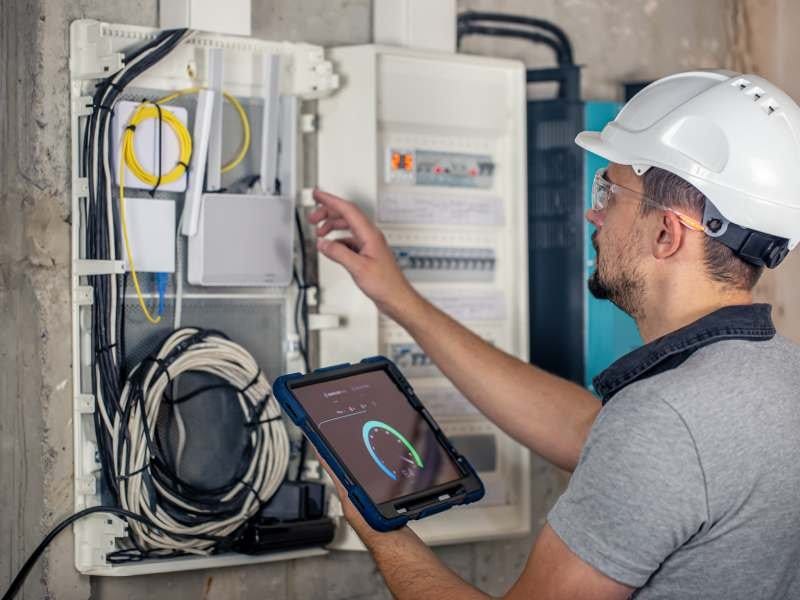Integrating CCTV with Other Security Systems: What You Should Know
In today's increasingly security-conscious world, simply installing CCTV cameras may not be enough. To create a robust and reliable safety net, many businesses and homeowners are choosing to integrate CCTV solutions with other security systems—like access control, alarms, and smart home technology.
If you're considering upgrading your security strategy, here's what you need to know about integrating CCTV with other systems, including the benefits, common methods, and tips for successful implementation.
Why Integrate CCTV with Other Security Systems?
Combining CCTV with other security technologies creates a multi-layered security infrastructure that can detect, deter, and respond to threats more effectively. Here are a few key advantages:
1. Enhanced Real-Time Monitoring
Integrated systems allow you to monitor video feeds, alarms, and access logs in one dashboard, improving situational awareness and reducing response time.
2. Automated Threat Response
For example, when an alarm is triggered, your CCTV system can automatically focus cameras on the area of intrusion, record the event, and alert the authorities.
3. Improved Incident Verification
By combining CCTV with intrusion detection or access control, you can verify threats in real-time, reducing false alarms and unnecessary interventions.
4. Centralized Management
A unified platform allows security teams or homeowners to control multiple security systems from a single interface, saving time and resources.
Key Security Systems to Integrate with CCTV
Integrating CCTV with these systems can significantly strengthen your security posture:
● Access Control Systems
Linking CCTV with card readers or biometric access points helps monitor who enters or exits a facility and provides video evidence of each access event.
● Burglar Alarm Systems
When a motion detector or sensor is triggered, your CCTV can begin recording and send alerts to your phone or security team.
● Fire Alarm Systems
While not traditionally linked with video surveillance, modern integrations allow CCTV to monitor evacuation routes or identify the source of a fire.
● Intercom and Video Doorbells
Integration lets you see and speak with visitors remotely, and store footage for future reference or security checks.
● Smart Home Automation
Homeowners can integrate CCTV with smart locks, lighting, and thermostats to create customized scenarios, such as turning on lights when motion is detected outside.
How to Integrate CCTV with Other Security Systems
✅ Use a Compatible Security Platform
Choose a system that supports open standards like ONVIF, or opt for an integrated solution from a single provider to ensure seamless connectivity.
✅ Cloud vs. On-Premise Integration
Decide whether you want a cloud-based solution for remote access and scalability, or a local system for greater control and data privacy.
✅ Work with a Professional Installer
A certified security professional can design a customized system, handle installation, and ensure that all components work together effectively.
✅ Prioritize Cybersecurity
As systems become more interconnected, the risk of cyberattacks increases. Use strong passwords, encryption, and firewall protection to secure your data and network.
Challenges to Consider
While integration offers many benefits, there are some challenges to keep in mind:
Compatibility issues between old and new systems
Higher upfront costs for integrated platforms
Complex maintenance and troubleshooting
Regulatory compliance concerns, especially for businesses handling sensitive data
Final Thoughts
Integrating CCTV with other security systems is more than just a tech upgrade—it’s a strategic investment in your safety and peace of mind. Whether you're managing a commercial facility, a retail store, or your own home, a well-integrated security system provides better protection, faster response, and smarter monitoring.




